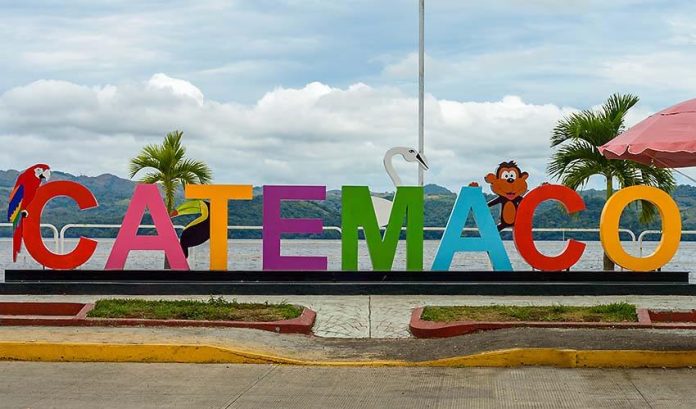An image from a book I read as a child has always stuck with me: a little girl (a witch, I think) who was so, so, dirty that when a kindly woman took her in and bathed her, the bathwater turned black from all the dirt.
As a child who didn’t like to bathe (and, yes, even today as an adult who doesn’t bathe as frequently as most and is sometimes teased for it — you can’t tell, I swear!), I would think, “Well! At least I’m not that dirty.”
Bathing, baptizing, cleansing to make new: it’s a theme that’s been on my mind over the past few weeks. Maybe it’s due to the beginning of the school year, which always feels like a new, if not terrifying, opportunity to reinvent oneself. Maybe it’s the trip I just took back to my home country after two and a half years, a refreshing change in perspective of the kind I always welcome. Or maybe it’s that I recently had my first psilocybin trip (spoiler alert: it was awesome; 5/5 would do it again), and I am feeling expansive and optimistic.
Then, as if on cue, news from Catemaco, Mexico’s official center for all things witchy and mystical, popped up on my screen last week. It wasn’t the news I was expecting: a Satanic temple is under construction!
Oh my.
Catemaco, in my home state of Veracruz, is a curious place. It’s filled with “witches” and opportunities for “cleansings.” You could probably get lashed with some magic branches there and have an egg rolled over you to take out bad energy 20 times a day by different people (who do that for a living!) if you wanted to. Sweat lodges (temazcales), herbalists and psychics abound. I haven’t been there in a while, but I’m pretty sure you could find a few crystal shops too.
Catemaco is also beautiful physically, a fantasy of a rainforest complete with an expansive lake and an island with monkeys on it. Really, what’s not to love?
How much longer it will survive in that state is anyone’s guess, of course. With the aggressive energy policy instated by President López Obrador that just happens to cast renewable energy options aside in the name of supporting our national energy sovereignty, the area is just as threatened as the rest of the country (and world) is and perhaps more, given its proximity to soon-to-be-busy oil refineries in the area.
Honestly, I’m kind of amused. I hold a special place in my heart for the irreverent in the face of power, and I just love a good subversion.
It’s been hard to find much information about this church and the true reasoning for its construction. Most of what I’ve seen in the news is simply higher-ups in the Catholic Church in Mexico making sure to denounce it.
My question is whether or not this is meant to be some kind of a grand, irreverent gesture. I’d also love to know to what degree those planning this temple take themselves and their mission seriously.
In the United States, “Satanists” are not really what we’d consider religious followers; as my sister aptly described them, they’re mostly “snarky atheists.” They use the Hebrew translation of “Satan,” which simply means “adversary,” i.e., a way to counterbalance force.
Satanists in the U.S. often make their presence known when they see the “Christian nation” proponents come out and try to push their agendas for things like prayer in school, the Ten Commandments posted in government buildings, football fields for prayer meetings during a game … you know, that kind of thing.
Basically, they’re a response to those forces and a way to say, “not so fast; the ‘religious right’ to practice your religion collectively in public — and oblige others to either participate or make their unfaithfulness public knowledge, an isolating move in certain communities — means that you have to let all religions do that, so get ready for us.”
One of the more amusing examples I’ve seen was a collection of “Satanic” coloring books to pass out to elementary school students. Religious freedom, indeed!
So I suspect that whatever this “Satanic church” in Catemaco is, it also has a bit of snark to it.
Having seen plenty of places in Mexico where every indigenous place of worship was literally torn down to have a church built directly over the site, it’s refreshing in a kind of “rooting for the underdog” kind of way to see how this community was able to hold on to its roots a bit more tightly. Whether through an accident of history or subversion, they’re still hanging on and, it appears, going strong.
These are tough times in Mexico. We’re for sure going backward on the environment, and I bet plenty of people would argue that we’re doing the same in many other areas. So maybe a nice, big cleanse is just what we need. And maybe, just maybe, Catemaco can teach us a thing or two about subversively standing our ground when facing the wind.
Sarah DeVries is a writer and translator based in Xalapa, Veracruz. She can be reached through her website, sdevrieswritingandtranslating.com and her Patreon page.
